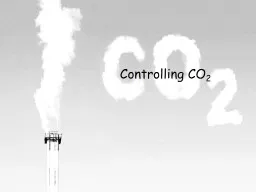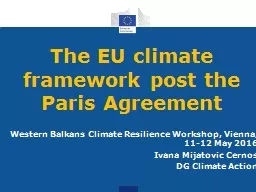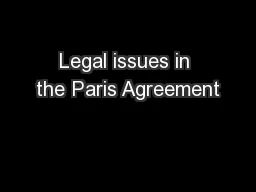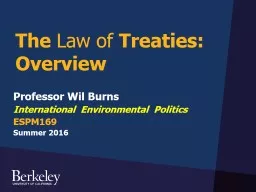PPT-Controlling CO 2 The Paris Agreement: hold temperature below 2 C
Author : trish-goza | Published Date : 2018-11-06
That can only be done if we can Conserve energy Increase renewables and reduce coal Remove CO 2 from burning fossil fuel Remove CO 2 from the atmosphere The global
Presentation Embed Code
Download Presentation
Download Presentation The PPT/PDF document "Controlling CO 2 The Paris Agreement: ho..." is the property of its rightful owner. Permission is granted to download and print the materials on this website for personal, non-commercial use only, and to display it on your personal computer provided you do not modify the materials and that you retain all copyright notices contained in the materials. By downloading content from our website, you accept the terms of this agreement.
Controlling CO 2 The Paris Agreement: hold temperature below 2 C: Transcript
Download Rules Of Document
"Controlling CO 2 The Paris Agreement: hold temperature below 2 C"The content belongs to its owner. You may download and print it for personal use, without modification, and keep all copyright notices. By downloading, you agree to these terms.
Related Documents














![[PDF] DOWNLOAD Negotiating the Paris Agreement: The Insider Stories](https://thumbs.docslides.com/1020219/pdf-download-negotiating-the-paris-agreement-the-insider-stories.jpg)